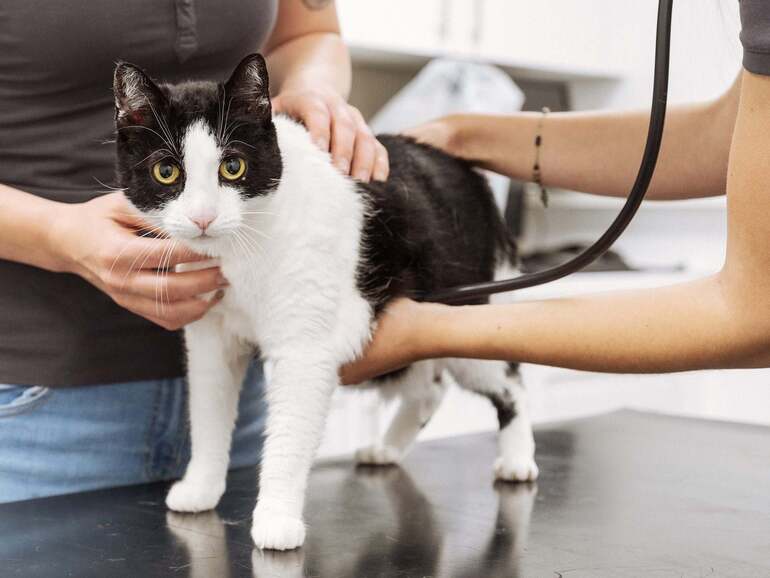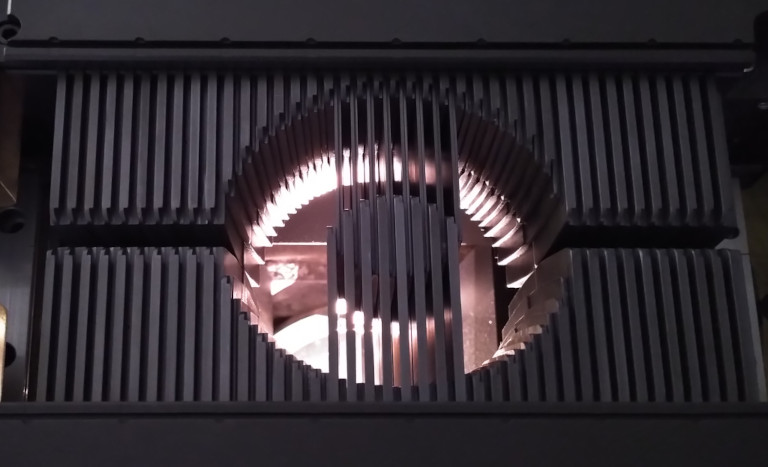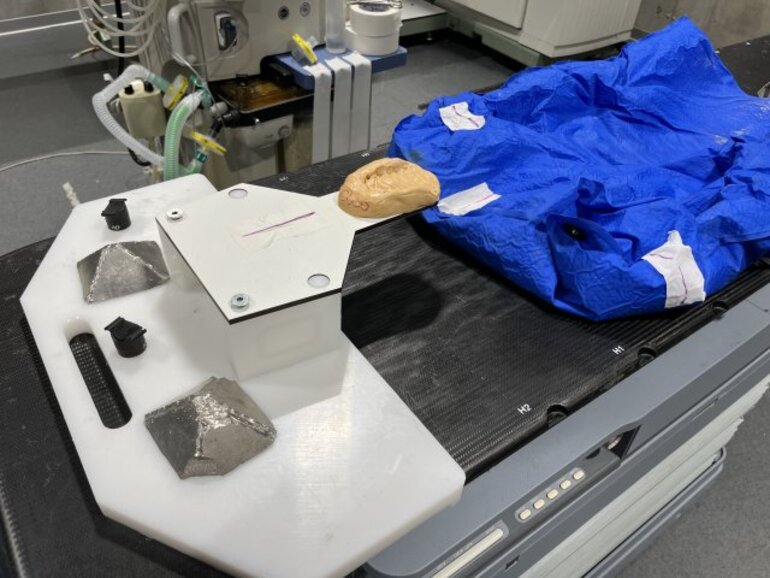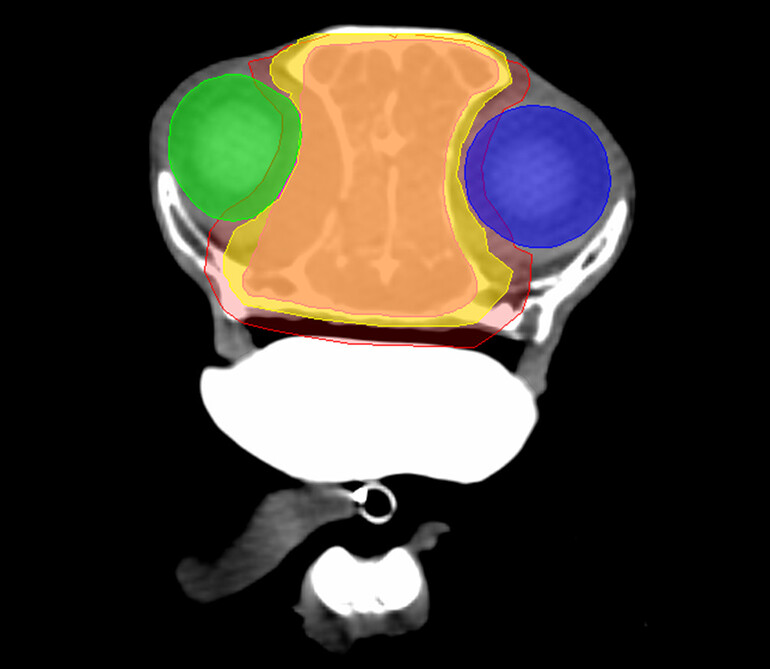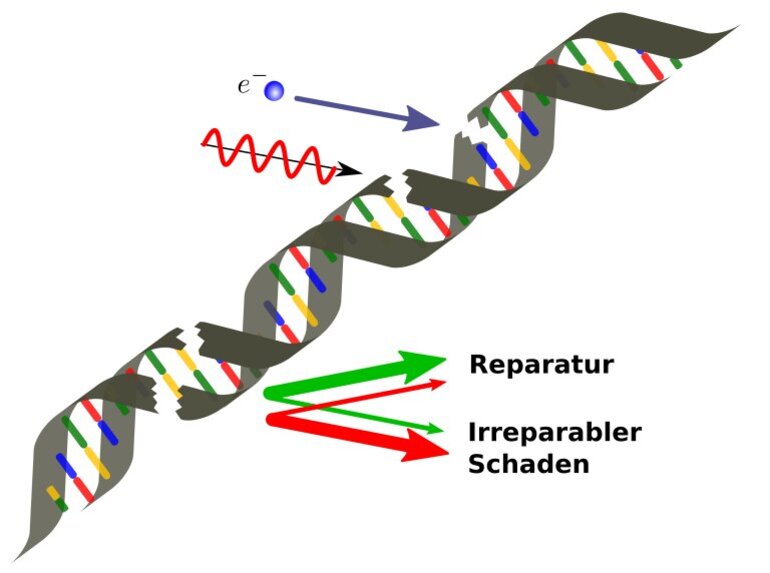What are the indications for radiotherapy?


Radiation therapy is used, among other things, for cancer and is one of the three classic pillars of oncology. It is therefore used in our animals, just as in humans, to combat benign and malignant tumors. Radiation therapy, like surgery, is a local form of treatment. This means that tumors and metastases are targeted for radiation, which is why the side effects of radiation therapy are also local.
Not all tumors and tissues are equally sensitive to radiation, which means they react differently to radiation therapy. Therefore, careful workup of each individual patient is very important. The ideal therapy for a particular tumor may consist of several components. For example, some tumors are first operated on and then irradiated; this is called adjuvant radiotherapy. The reverse is also possible: first radiation, then surgery. This is called neoadjuvant. Sometimes chemotherapy is useful after radiation. There is even a direct combination, radiochemotherapy. In this case, the enhancing effect of chemotherapy on radiation is utilized; the drugs used are called radiosensitizers.
Not all tumors and tissues are equally sensitive to radiation, which means they react differently to radiation therapy. Therefore, careful workup of each individual patient is very important. The ideal therapy for a particular tumor may consist of several components. For example, some tumors are first operated on and then irradiated; this is called adjuvant radiotherapy. The reverse is also possible: first radiation, then surgery. This is called neoadjuvant. Sometimes chemotherapy is useful after radiation. There is even a direct combination, radiochemotherapy. In this case, the enhancing effect of chemotherapy on radiation is utilized; the drugs used are called radiosensitizers.



